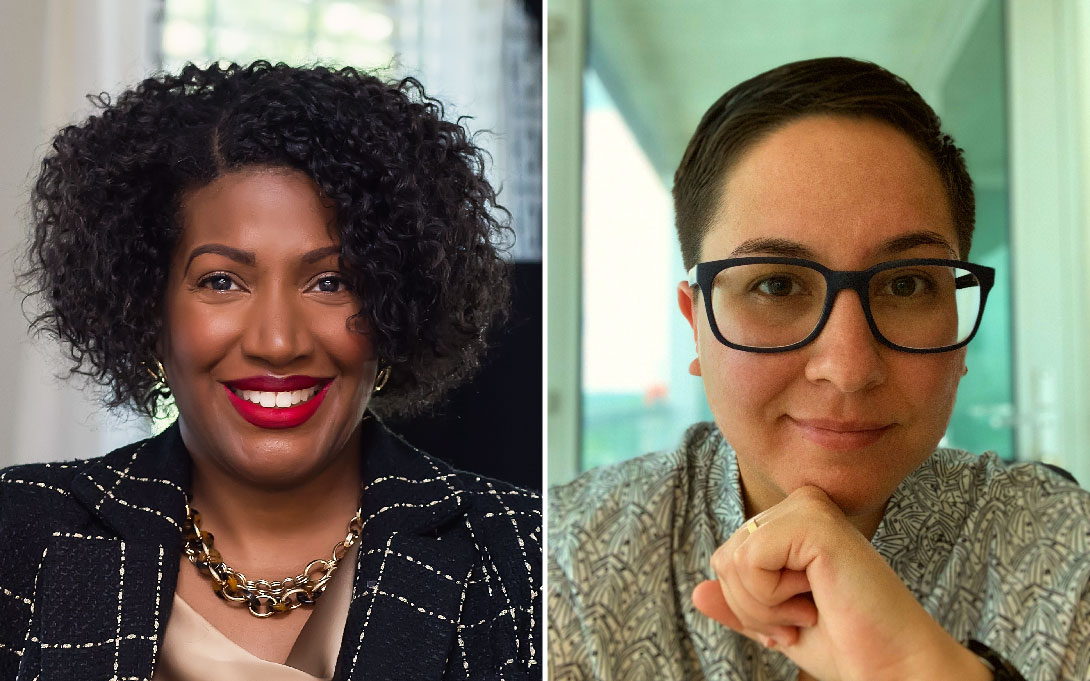
What would a comprehensive strategy for reproductive rights and access look like, borrowing from the lessons from the fight against HIV?
This is the question that Celeste Watkins-Hayes, Joan and Sanford Weill Dean of Public Policy at the Ford School of Public Policy, and Dom Adams-Santos, managing director of the Ford School’s Center for Racial Justice, ask in a new essay for the American Journal of Sociology.
Using their prior research about women living with HIV, Watkins-Hayes and Adams-Santos shed new light on the consequences of overturning Roe v. Wade and how to mitigate the effects of reproductive health care restrictions on women’s health.
Their research addresses how women confront “injuries of inequality.” Coined by Watkins-Hayes in her 2019 book, Remaking A Life: How Women Living with HIV/AIDS Confront Inequality, injuries of inequality describe how the confluence of people’s race, class, gender, sexuality, and other statuses disproportionately expose them to injury and harm. Systemic injuries create environmental vulnerabilities, including limited access to education, financial resources, employment, and health care.
Women living with HIV, however, have access to a robust safety net, which provides comprehensive wrap-around services including health care, access to economic assistance and job training, funding for social services, and pathways to political and social engagement. These additional supports shifted “an HIV diagnosis from a death sentence to a manageable chronic illness.”
Watkins-Hayes and Adams-Santos explain that the policy interventions that shaped the HIV safety net can be a model for what a more robust health policy could look like, specifically for reproductive health.
Looking at the consequences of overturning Roe v. Wade through this lens, Watkins-Hayes and Adams-Santos observe similar systemic, environmental, and individual pathways to injury, especially among women of color. Women of color have limited access to health care compared to white women, affecting their access to contraception and other reproductive health services. In addition, the authors cite a long history of discrimination by health care providers that puts the onus of health care management on individual women. “One of the biggest consequences of overturning Roe is that silence and dissemblance once again become strategies that Black women must use to cope with their reproductive health challenges,” they write.
The authors conclude, “It will likely take robust safety nets and institutions to curb the physical, social, and economic toll of the decision to overturn Roe and to limit access to abortion services. Collaborative and strategic efforts on the part of health care providers, reproductive justice advocates, public health officials, scholars, and local, state, and federal policymakers will be necessary to mitigate the injuries of inequality that women endure as they navigate this new reproductive health landscape.”
Read: “Women’s Health in Post-Roe v. Wade America: Injuries of Inequality and the Promise of Safety Nets” in the American Journal of Sociology.
Written by: Olivia Davis

